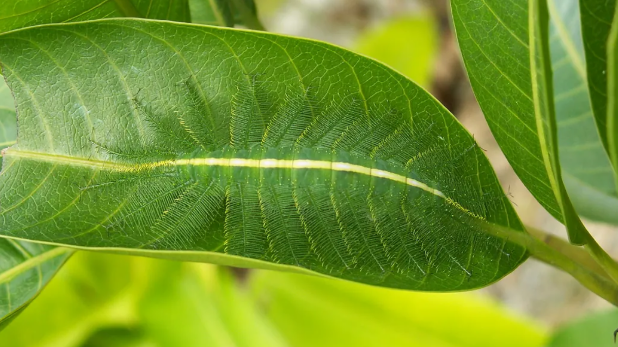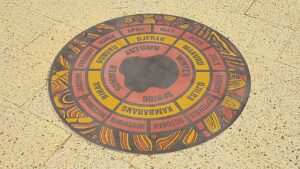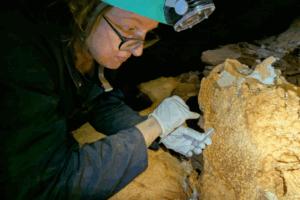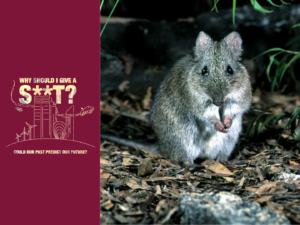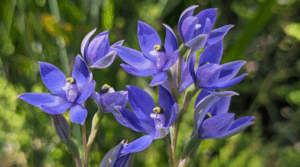In the military, there’s a framework for avoiding attack. It’s called the survivability onion.
It’s a six-layer model of ways to ensure minimum damage. In order, don’t be there, detected, identified, acquired, engaged, hit, penetrated or affected.
Caption: The survivability onion, used in the military, is analogous for how animals protect themselves
Credit: Michael Gatt
Survival in the animal kingdom follows the same rule book and camouflage is one of the tools.
ROCK-SOLID DISGUISES
If an animal can’t avoid its predator, being undetectable is the best option.
Hiding in plain sight is a type of camouflage called crypsis.
The stonefish, the world’s most venomous fish, is a master of crypsis. This crypsis isn’t for defence – it’s a hunting strategy.
Its rough, warty skin blends in with reefs and stony ocean floors. It often half buries itself and lies motionless, waiting for a prey fish to swim by.
Then it opens its giant mouth and the prey gets sucked in.
Caption: Stonefish camouflage into rocks, algae and coral
Credit: Kramthenik27 via Wikimedia Commons
MASQUERADING
Sometimes an animal can’t avoid being spotted by a predator. Convincing a predator they’re something boring or scary is the next best survival strategy.
It’s common for insects to copy the colour of leaves or sticks. One moth species takes misidentification to the next level.
The wings of a fruit-sucking moth are completely flat, yet they look like a curved, dry leaf.
Recent research at the University of Western Australia found tiny structures on the wings reflect light to create shiny areas.
They perfectly mimic the way light is reflected off a curved leaf.
This strategy is called masquerading and is likely used to avoid being identified by birds.
Caption: Moth masquerading – despite looks, the wings of this fruit-sucking moth are completely flat
Credit: Lucinda Gibson & Ken Walker, Museum Victoria via Wikimedia Commons
A BIT OF RAZZLE AND DAZZLE
If an animal is correctly identified, its next survival tactic is to avoid being attacked.
The lionfish is a master of this tactic. Using its long flailing fins and brightly coloured stripes, the lionfish performs an elaborate dance to dazzle or warn its predators away.
Caption: A red lionfish
Credit: Tom Fisk via Pexels
As a last resort, animals take an injury to avoid being killed. Lizards use this strategy when they drop their tails.
Lizards have a line of weakness in their tail called a fracture plane. If the muscles on either side spasm, the tail will drop off.
It takes 6 months to a year to grow back.
Understanding how animals camouflage is only the beginning.
Researchers are now investigating how plants mimic the appearance of rocks and use chemical camouflage to smell less tasty to mice.
While some people say camouflage isn’t an exciting field of research, I don’t see it.



